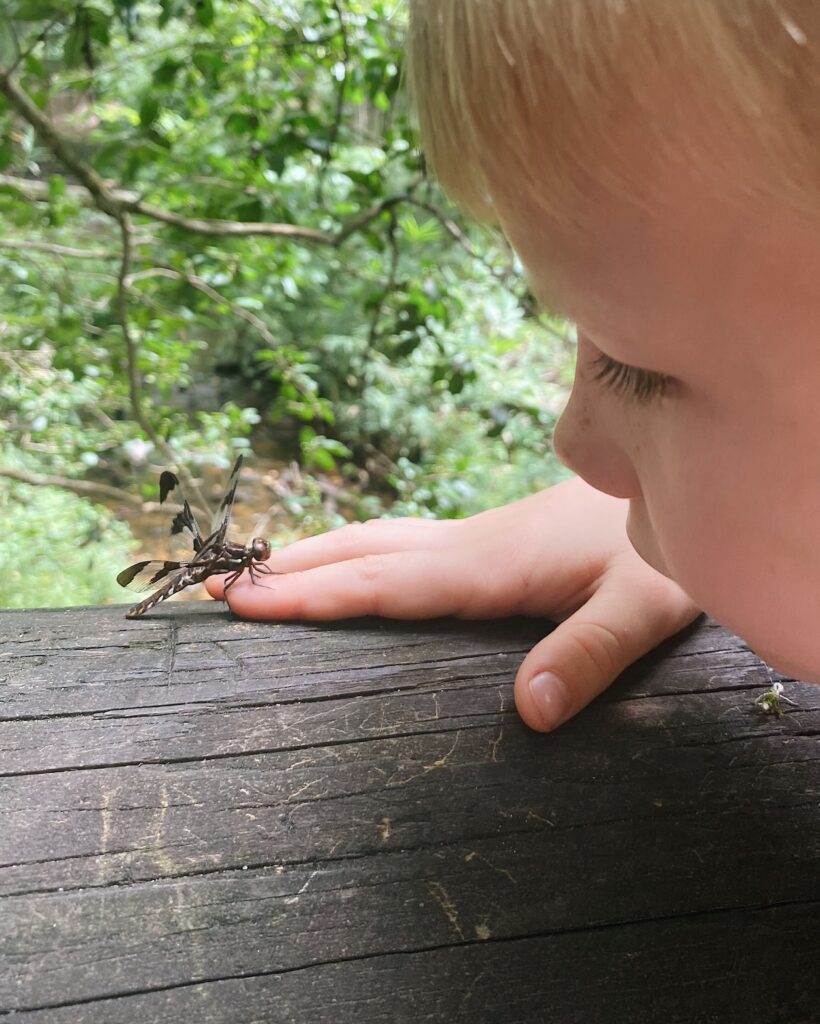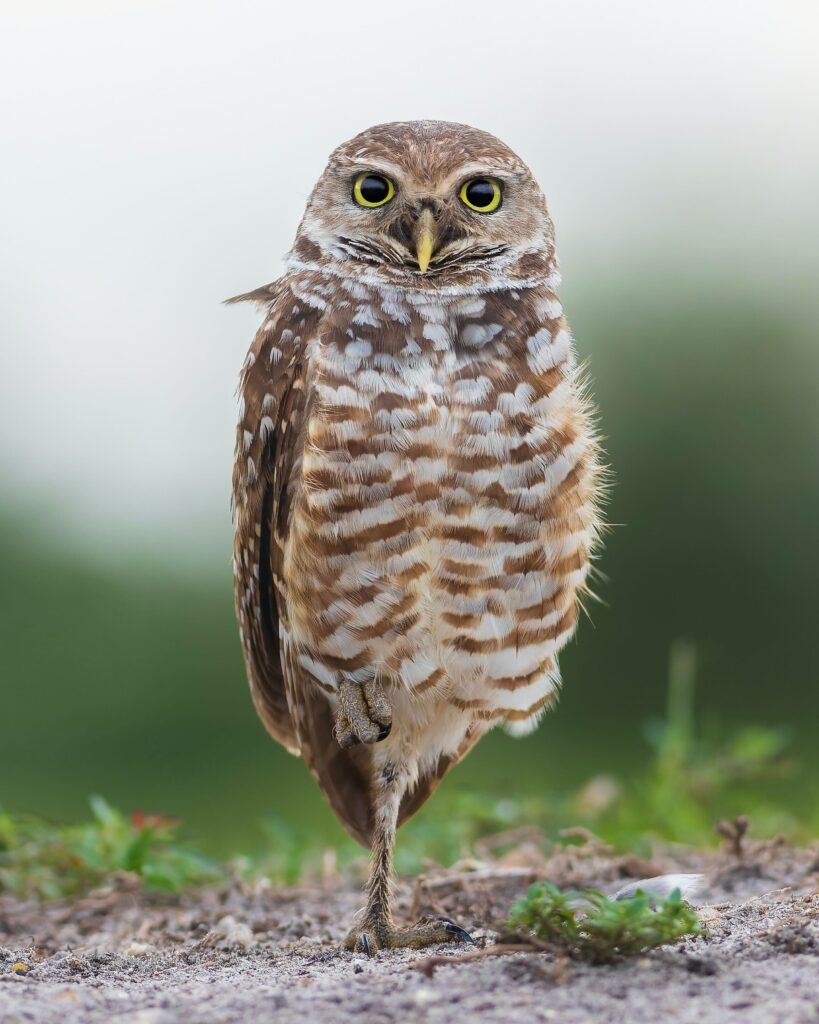The CMP Review — Week of September 11
September 11, 2023

“In the early years we are not to teach nature as science, we are not to teach it primarily for method or for drill: we are to teach it for loving — and this is nature-study. On these points I make no compromise.” — L. H. Bailey (Handbook of Nature Study, p. 177)
@tessakeath
September 12, 2023

A prominent leader in the homeschool movement recently opined, “If Charlotte Mason had actually written curriculum past 8th-grade students, helping them go to college age, you would have seen the finish of the classical education.” Setting aside the plausibility of this hypothetical prediction, the statement reveals a common misperception: Charlotte Mason was not meant for high school.
That misperception could not be farther from the truth. The fact is that Charlotte Mason wrote curriculum for students up to age 18 — our equivalent of the end of high school. However, the world imposed myriad constraints that made it difficult to implement all of Mason’s ideas to the end of secondary school.
But the historical PNEU did not give up. Nor did they close their eyes to the pressures and constraints of the real world. Instead, they charted a course to give the best secondary education they could all the while informed and inspired by the luminous ideals Miss Mason had uncovered.
Today we begin a series of vintage articles which together tell the story of the Charlotte Mason method in the upper years. There are wins and there are losses, but most importantly, there are lessons. Our hope is that these lessons will help those who are educating teenagers to chart a course for high school that consistently applies the Charlotte Mason method. Read or listen to the first article in the series today, the report of a headmaster of a boys’ school who wrote in 1924 that “the beneficial spirit of Miss Mason inspires the whole work of the College.” Find it here.
@artmiddlekauff
September 13, 2023

My mom began her own native habitat project around my folks’ home in NE Iowa, reverting an entire corn field back into prairie grasses and flowers.
Yesterday she caught glimpse of a bird popping down into a hole on the field’s edge, which turned out to be a Burrowing Owl. Although our family was born and raised in Iowa, none of us had ever seen one before.
According to the National Audubon Society, these diurnal birds are rare in many places due to habitat loss. They might dig their own burrow or take them over from ground squirrels and tortoises. In Iowa, though, they’ll even use badger holes.
Hopefully, I’ll get to see this cutie when I return home for a visit.
@rbaburina
📷: Rolando Yera
September 14, 2023

Our youngest child is starting Form 5 this week. I have mixed feelings as I return North’s Plutarch’s Lives to the bookshelf. This will be perhaps the first time in almost fifteen years that no one in this house is reading Plutarch.
We ended last term with Cicero, and it was a fitting end. Over the years, we had read about the plot against Caesar and its aftermath from many vantage points, including Plutarch’s lives of Julius Caesar and Brutus, and Shakespeare plays including Antony and Cleopatra. It was fascinating to watch the events of Cicero’s life unfold on a historical stage that we knew so well.
As I look back, many of the lives we read were indeed noble. But the treachery surrounding Cicero was sobering. Plutarch himself noted that it “showed that no brute or savage beast is so cruel as man, if with his licentiousness he have liberty to execute his will.”
Yes, I will remember and forever be inspired by anecdotes involving Alexander, Aristides, and Coriolanus. But for me personally, perhaps this note at the end of Cicero is the most valuable lesson of all. Man does indeed need a savior: to save him from wrath, from sin, and from himself.
@artmiddlekauff
September 15, 2023
Do you ever just go and sit quietly outside and listen to the twittering, the chattering, the babbling, the squeaking, the squawking, the buzzing, the croaking, the whizzing, the whirring, and all the -ings?
@antonella.f.greco
September 16, 2023

“What we call Nature is all Beauty and delight, and the person who watches Nature closely and knows her well, like the poet Wordsworth, for example, has his Beauty Sense always active, always bringing him joy.” (CM, Vol. 4, p. 42)
What’s been bringing you joy lately?
@rbaburina
September 17, 2023

In John 9:24, the Pharisees say to the man born blind, “Give God the glory! We know that this Man is a sinner.”
The man’s famous answer rings through the centuries: “Whether He is a sinner or not I do not know. One thing I know: that though I was blind, now I see.”
“The expression in every age has been regarded as a happy illustration of a true Christian’s experience of the work of grace in his heart,” writes J. C. Ryle. “There may be much about it that is mysterious and inexplicable to him, and of which he knows nothing. But the result of the Holy Ghost’s work he does know and feel. There is a change somewhere. He sees what he did not see before. He feels what he did not feel before. Of that he is quite certain. There is a common and true saying among true Christians of the lower orders: ‘You may silence me and beat me out of what I know: but you cannot beat me out of what I feel.’”
Charlotte Mason poem about the blind man’s expression is entitled simply “Evidence.” She joins the chorus of believers throughout the ages cry out, “We see!” Read or hear it here.
@artmiddlekauff